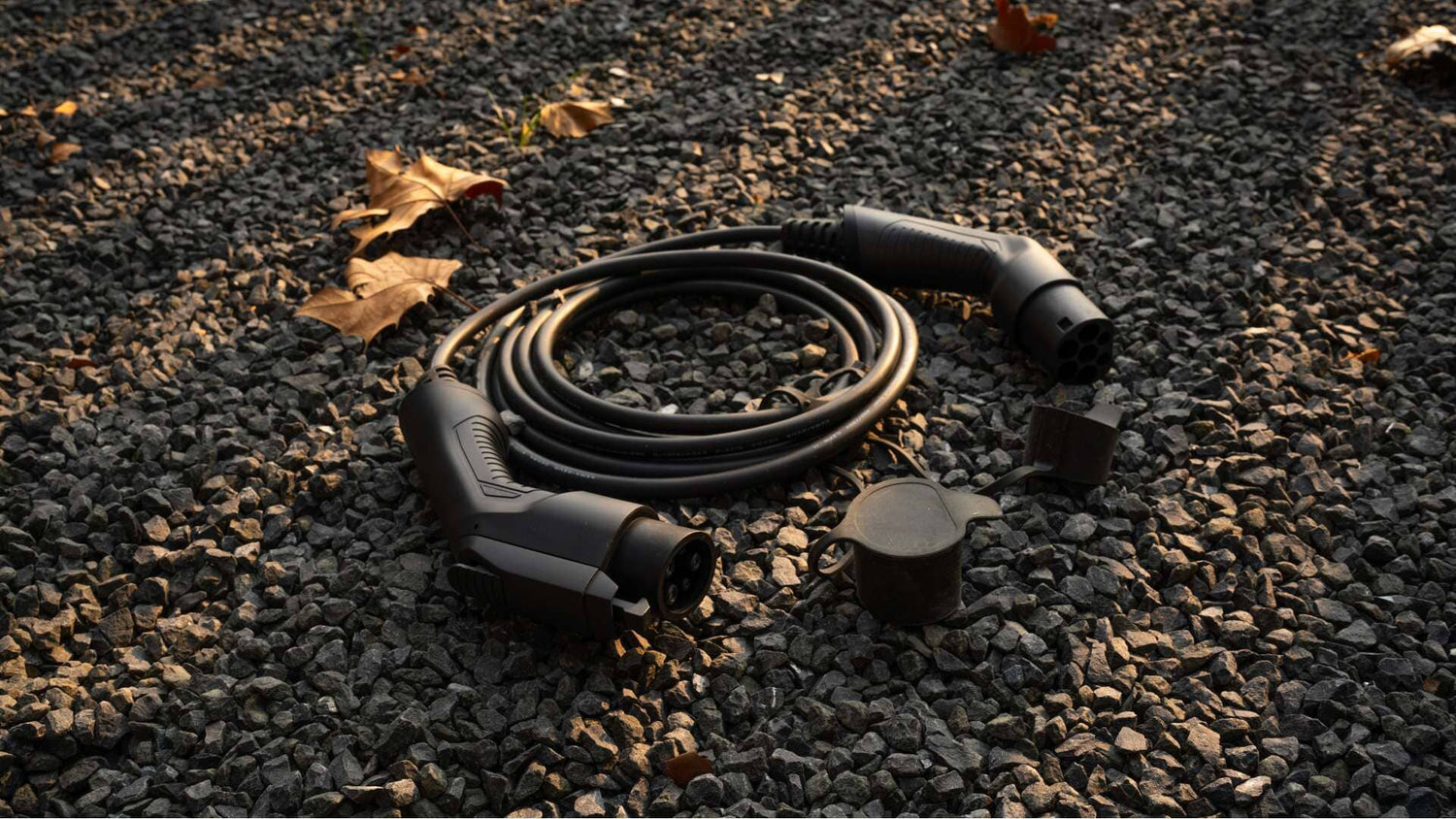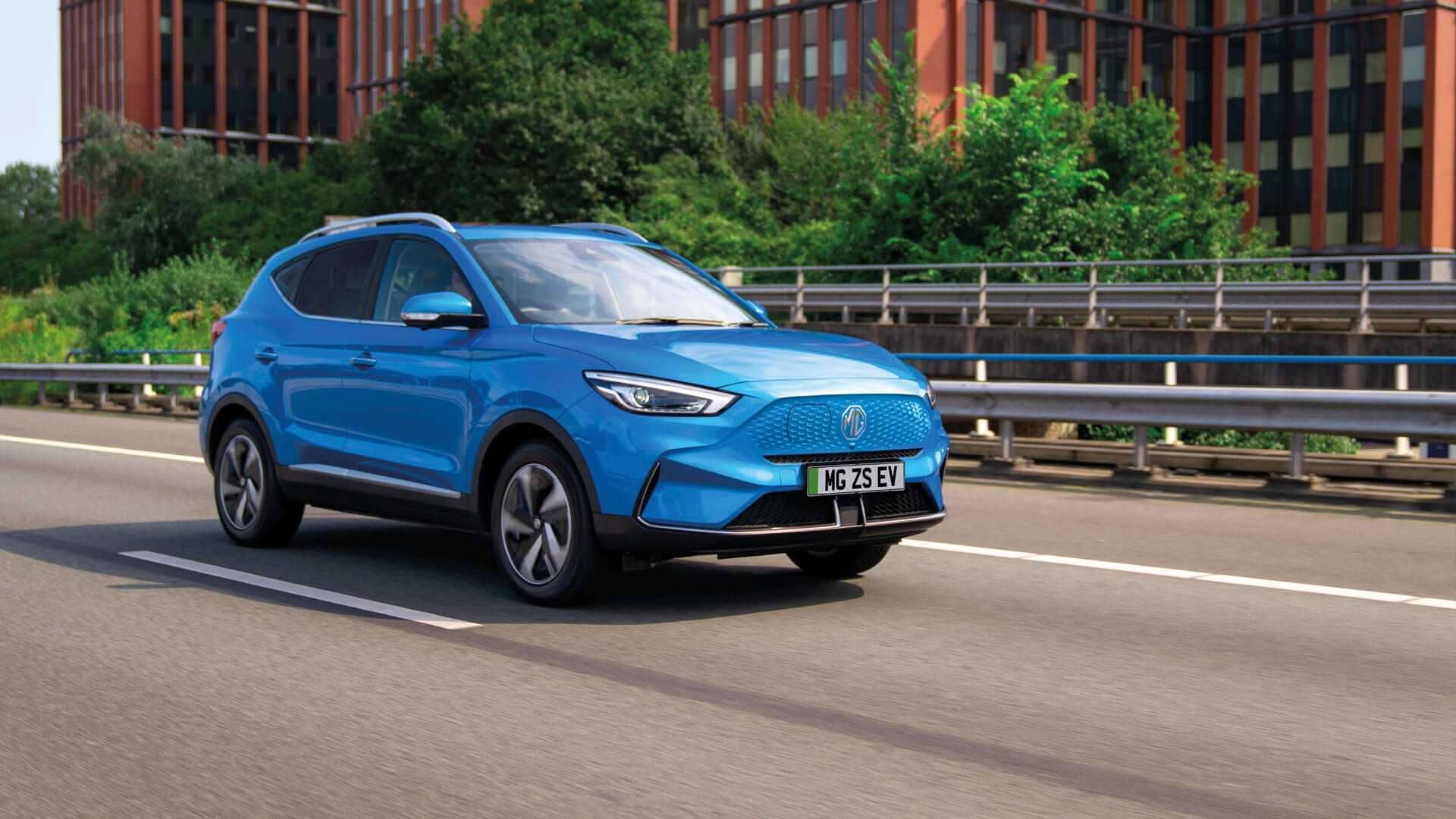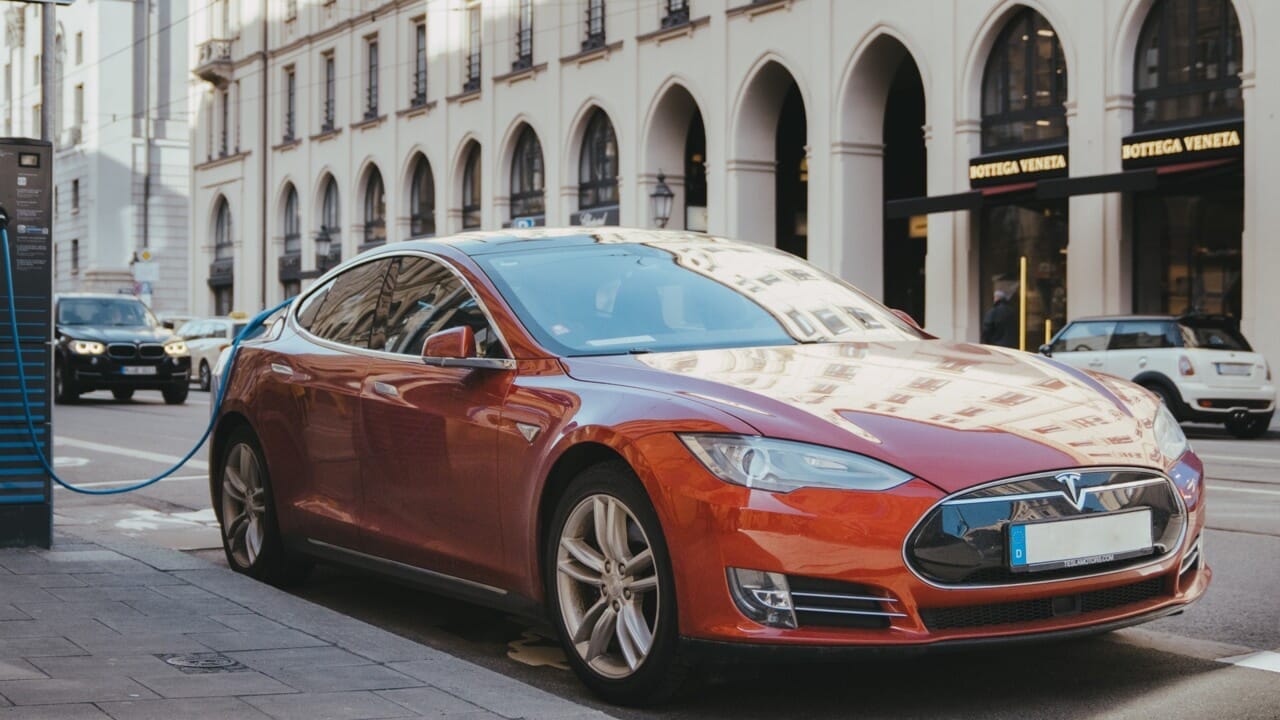Welcome, EV enthusiasts! Ready to unlock the secrets behind Cable Mode 2 and Cable Mode 3 charging? In this guide, we'll delve deep into these charging modes, demystifying their functions, benefits, installation, and more. Whether you're an experienced EV owner or considering going electric, this guide provides the knowledge to make informed decisions about your charging infrastructure.
Throughout this article, we'll cover a range of topics to ensure a complete understanding of Cable Mode 2 and Cable Mode 3 charging. We'll explore the basics, answering questions like: What is an EV charger cable? Then, we'll dive into the key differences between Cable Mode 2 and Cable Mode 3, shedding light on their advantages.
Safety is paramount, so we'll discuss essential considerations when using these charging cables. We'll also provide insights on factors to consider when choosing the right EV charger cable for optimal charging efficiency.
But we go beyond theory. Step-by-step installation instructions for both Cable Mode 2 and Cable Mode 3 will help you set up your charging infrastructure with confidence.
To ensure a hassle-free charging experience, we'll share maintenance tips for your EV charger cable, maximizing its performance and lifespan.
Lastly, we'll touch upon exciting future trends in EV charger cable technology, giving you a glimpse into what lies ahead.
So, fasten your seatbelts and embark on a journey of discovery as we demystify Cable Mode 2 and Cable Mode 3 charging. By the end of this guide, you'll have the knowledge to make informed decisions about your EV charging setup.
Let's uncover the secrets of Cable Mode 2 and Cable Mode 3 Charging.
1.Understanding the Basics: What is an EV Charger Cable?
An EV charger cable is a vital component that connects your electric vehicle to a charging station or power source. It transfers electrical energy from the source to your EV, allowing for charging. EV charger cables come in various types, such as Mode 2 and Mode 3, and they are designed to accommodate different charging standards and power capacities.
2.Exploring the Differences: Cable Mode 2 vs. Cable Mode 3 Charging
Cable Mode 2 charging utilizes a standard electrical outlet with built-in safety features. It is commonly used for home charging or in public spaces where dedicated charging stations are not available. On the other hand, Cable Mode 3 charging requires a dedicated charging station. It offers faster charging speeds, higher power capacities, and increased safety measures compared to Cable Mode 2.
3.Benefits of Cable Mode 2 Charging for EV Owners
Cable Mode 2 charging offers convenience and accessibility for EV owners. It allows you to charge your vehicle using regular power outlets found in homes and public areas. This mode is cost-effective and relatively easy to install, making it a practical choice for residential charging. Cable Mode 2 is compatible with a range of EV models and provides a reliable charging solution for everyday use.
4.Advantages of Cable Mode 3 Charging for Electric Vehicles
Cable Mode 3 charging offers several advantages for EV owners. It provides faster charging speeds, allowing you to charge your vehicle more quickly. Cable Mode 3 also supports higher power capacities, making it suitable for charging stations in commercial areas or for EV owners with greater charging needs. Additionally, Cable Mode 3 charging stations often have advanced features like smart charging capabilities and enhanced safety protocols.
5.Safety Considerations for EV Charger Cables
Safety is a crucial aspect of EV charging, and it's essential to consider safety measures when using EV charger cables. Both Cable Mode 2 and Cable Mode 3 charging have built-in safety features, such as ground fault protection and overcurrent protection. However, it's important to ensure that your EV charger cable is certified and meets relevant safety standards. Regular inspections and proper handling of the cable are also necessary to maintain a safe charging environment.
6.Factors to Consider When Choosing an EV Charger Cable
When selecting an EV charger cable, several factors should be considered. These include cable length, amperage rating, connector type, and compatibility with your specific EV model. The cable's durability and insulation quality are also important considerations. Choosing the right EV charger cable ensures efficient and safe charging, while also meeting your specific charging requirements.
7.Installation Guide: Setting Up Cable Mode 2 Charging Infrastructure
Installing Cable Mode 2 charging infrastructure requires careful planning and adherence to safety standards. This section will provide a step-by-step installation guide, including obtaining necessary permits, selecting suitable electrical outlets, ensuring proper wiring and grounding, and incorporating safety features like residual current devices (RCDs). Proper installation ensures reliable and safe charging for your EV.
8.Installing Cable Mode 3 Charging Stations: A Step-by-Step Process
Cable Mode 3 charging stations are typically installed in commercial areas or public charging networks. This section will guide you through the installation process, including site selection, electrical capacity assessment, charging station selection, and the necessary electrical work involved. Installation of Cable Mode 3 charging stations requires professional expertise to ensure compliance with regulations and the provision of efficient charging services.
9.Maintenance and Care Tips for EV Charger Cables
Regular maintenance is crucial for the longevity and performance of your EV charger cable. This section will provide valuable tips for proper storage, cleaning, and inspection of cable integrity. It will also cover handling precautions and common issues that may arise during the lifespan of the cable. By following maintenance guidelines, you can ensure safe and efficient charging experiences.
10.Future Trends in EV Charger Cable Technology
The world of EV charging is continuously evolving, and this section will explore future trends in EV charger cable technology. It will discuss advancements such as smart charging features, wireless charging technologies, bidirectional charging capabilities, and enhanced durability. Understanding these trends gives you insight into the exciting developments that will shape the future of EV charging.
By delving into these professional content sections, you will gain comprehensive knowledge about Cable Mode 2 and Cable Mode 3 charging for EV owners. This understanding will empower you to make informed decisions regarding your charging infrastructure, ensuring safe, efficient, and convenient charging experiences for your electric vehicle.
In conclusion, we have demystified the world of Cable Mode 2 and Cable Mode 3 charging, providing you with a comprehensive guide to enhance your understanding as an EV owner. We've explored the basics of EV charger cables, delved into the differences between Cable Mode 2 and Cable Mode 3, discussed their respective benefits, and highlighted the importance of safety considerations. We've also guided you through factors to consider when selecting the right EV charger cable, offered installation instructions for both modes, and provided maintenance tips to ensure longevity and performance. As the landscape of EV charging continues to evolve, we've given you a glimpse into the exciting future trends in cable technology. Armed with this knowledge, you're now empowered to make informed decisions and optimize your EV charging experience. So, charge up, hit the road with confidence, and embrace the electrifying future of transportation with Cable Mode 2 and Cable Mode 3 charging. Happy charging!



